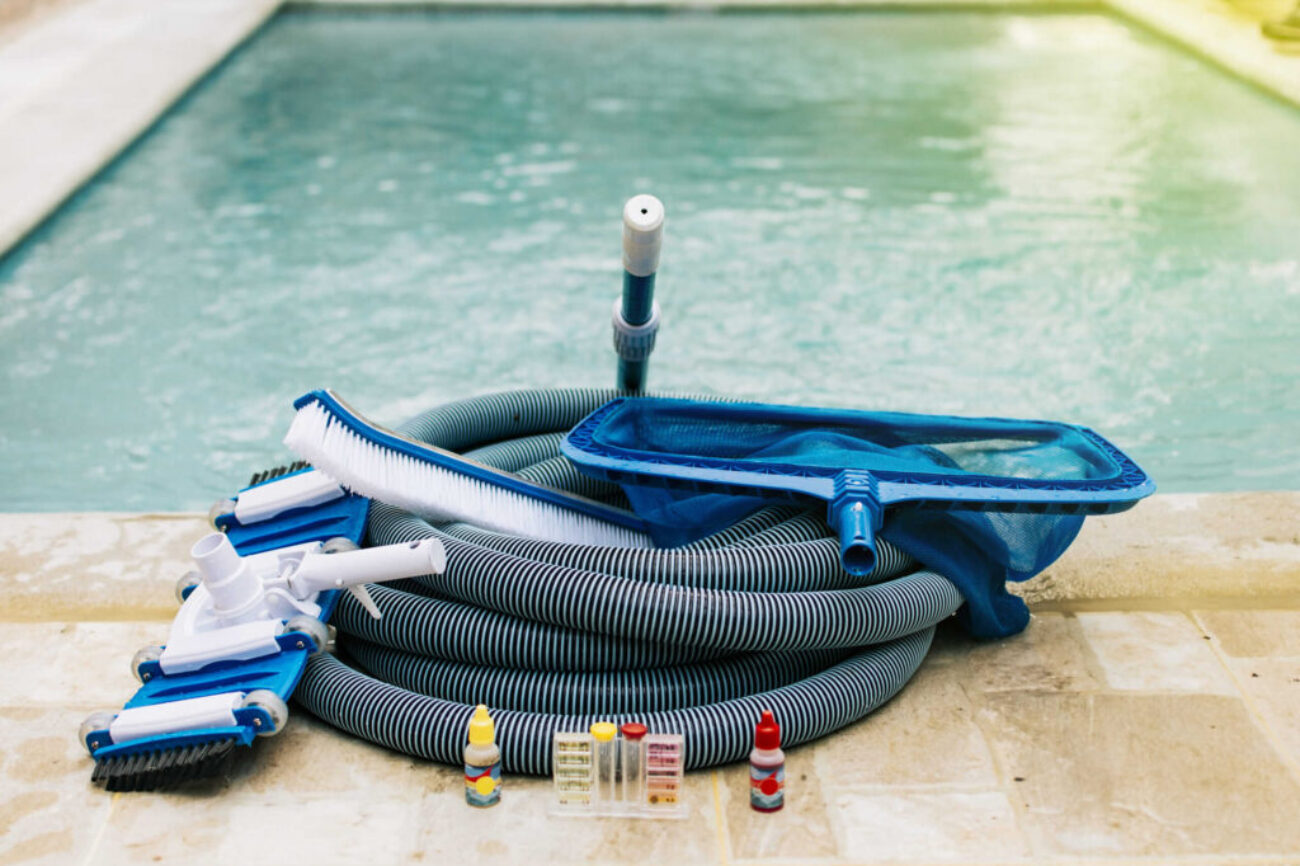Master the art of efficient team communication across routes to enhance productivity, boost collaboration, and drive success in your pool service business.
How to Organize Team Communication Across Routes
In today’s fast-paced business environment, effective communication is essential for any team’s success. This is particularly true for teams operating across multiple routes, such as those in the pool maintenance industry. Organizing team communication across these routes not only enhances productivity but also fosters collaboration and improves service delivery. In this blog post, we will explore various strategies and tools that can help streamline communication among team members, enabling your pool service business to operate more efficiently and effectively.
We will cover the significance of establishing clear communication protocols, leveraging technology for better connectivity, encouraging team engagement, and implementing best practices for ongoing communication. By the end of this article, you will be equipped with actionable insights to enhance your team’s communication, leading to improved performance and customer satisfaction.
The Importance of Clear Communication Protocols
Establishing clear communication protocols is the foundation of effective team communication. Without a structured approach, teams can quickly become disorganized, leading to misunderstandings, missed appointments, and frustrated customers. This is especially critical in the pool maintenance industry, where timely service is paramount.
One effective way to implement clear communication protocols is to create a communication hierarchy. This hierarchy should specify who communicates with whom, the channels to be used, and the frequency of updates. For instance, field technicians should report directly to their immediate supervisors, who then communicate with the management team. By establishing this chain of command, you can ensure that everyone is on the same page and that information flows smoothly through the organization.
In addition to a communication hierarchy, consider developing a standard operating procedure (SOP) for communication. This SOP can outline how different types of information should be communicated, whether it’s a service request, an operational issue, or customer feedback. By standardizing communication, you can minimize confusion and ensure that important information is shared consistently across the team.
Leveraging Technology for Better Connectivity
In the modern workplace, technology can play a pivotal role in enhancing communication among team members. There are numerous tools available that can help streamline communication, especially for teams working across various routes.
Project management software, such as Trello or Asana, allows teams to keep track of tasks, deadlines, and responsibilities. These platforms offer visual boards that can help team members understand the status of different jobs at a glance. By integrating these tools into your daily operations, you can ensure that everyone is aware of their responsibilities and deadlines, leading to smoother communication and enhanced productivity.
Additionally, using instant messaging applications like Slack or Microsoft Teams can facilitate quick communication among team members. These platforms enable real-time conversations, allowing team members to ask questions, share updates, and collaborate effectively without the delays associated with email communication. Furthermore, these tools often have mobile apps, ensuring that your team stays connected, even when they are out in the field servicing pools.
Moreover, utilizing customer relationship management (CRM) software can help maintain an organized communication log with clients. This allows your team to access customer histories and preferences, helping them provide personalized service and maintain strong relationships. When team members have easy access to vital information about customers, they can communicate more effectively and respond to inquiries promptly.
Encouraging Team Engagement and Feedback
Effective team communication goes beyond just sending messages; it requires an engaged and participative team. Encouraging team engagement is crucial for fostering a positive workplace culture and improving communication.
Regular team meetings, whether in-person or virtual, can be an excellent opportunity to encourage collaboration and open dialogue. During these meetings, team members should feel free to share their ideas, concerns, and feedback. This not only helps to ensure that everyone is heard but also encourages a sense of ownership among employees. When team members know their input is valued, they are more likely to actively participate in ongoing communications.
Another effective way to encourage team engagement is to establish feedback loops. This could involve regular check-ins where team members can discuss what communication methods are working and what could be improved. By creating a culture of continuous improvement, you can enhance communication practices and adapt to the needs of your team over time.
Implementing Best Practices for Ongoing Communication
To ensure that communication remains effective in the long run, it is essential to implement best practices that encourage consistency and clarity. One such practice is to utilize visual aids, such as charts and infographics, when sharing important information. Visual representations can simplify complex information, making it easier for team members to understand and retain key messages.
Another best practice is to document important discussions and decisions. Keeping minutes of meetings and sharing them with the team can serve as a reference point for future communications. This ensures that everyone is aware of what was discussed and agreed upon, reducing the chances of miscommunication.
Furthermore, establish a routine for communication. For example, consider setting a specific time each day or week for team updates. This routine can help team members anticipate when to expect important information and ensure that communication remains a priority.
Case Study: Effective Communication in Action
To illustrate the importance of organized communication across routes, let’s consider a hypothetical case study of a pool service company, AquaCare, which operates in Florida and Texas.
AquaCare faced challenges with their communication system, leading to delays in service and customer complaints. The management team recognized that establishing clear communication protocols was critical. They implemented a communication hierarchy and introduced project management tools to track service requests and technician assignments. With these new systems in place, AquaCare saw a significant reduction in service delays and a marked increase in customer satisfaction.
They also encouraged team engagement by holding weekly meetings where technicians could share their experiences and ask questions. This led to a more collaborative environment, with employees feeling more connected to the company’s mission and values. The combination of structured communication and team engagement transformed AquaCare’s operations, resulting in a more efficient workforce and happier customers.
Continuously Adapting and Improving Communication
Organizing team communication across routes is not a one-time effort but rather an ongoing process. As your business grows and evolves, so too should your communication strategies. Continuously assess the effectiveness of your communication methods and be open to change.
Encourage feedback from your team about what’s working and what isn’t. This feedback can provide valuable insights into how to adapt your communication strategies to meet the ever-changing needs of your workforce. Remember, the key to successful communication is flexibility and a willingness to improve.
By regularly reviewing and refining your communication practices, you can foster a culture of open dialogue, ensuring that your team remains engaged and informed. This ultimately leads to a more cohesive team, better service delivery, and a stronger bottom line.
Conclusion
In summary, organizing team communication across routes is essential for enhancing productivity and ensuring customer satisfaction in the pool maintenance industry. By establishing clear communication protocols, leveraging technology, encouraging team engagement, and implementing best practices, you can create a cohesive communication strategy that benefits your entire team.
Remember that effective communication is an ongoing journey. Be open to adapting your strategies based on feedback and the evolving needs of your team. As your business grows, so should your communication methods. By investing time and effort into organizing communication across routes, you can drive success and achieve your business goals.
Are you ready to improve your team communication and take your pool service business to the next level? Contact us today to explore how our resources, including [Pool Routes for Sale](https://pool-routes-for-sale.com/), can help you thrive in this competitive industry. Let us assist you in achieving seamless communication and operational excellence!



